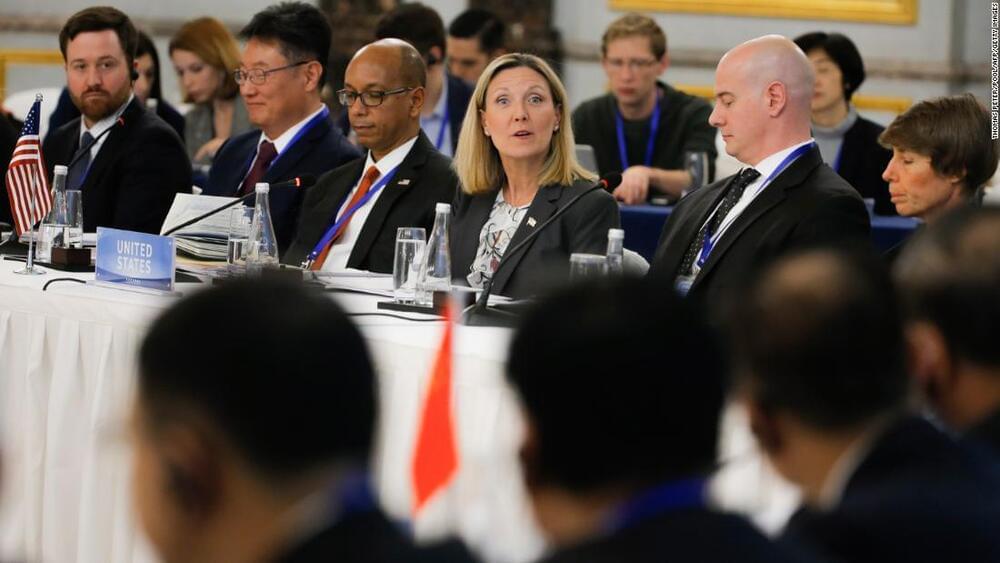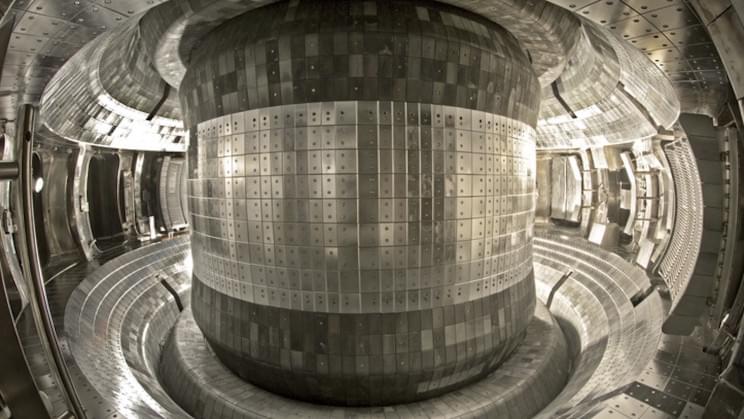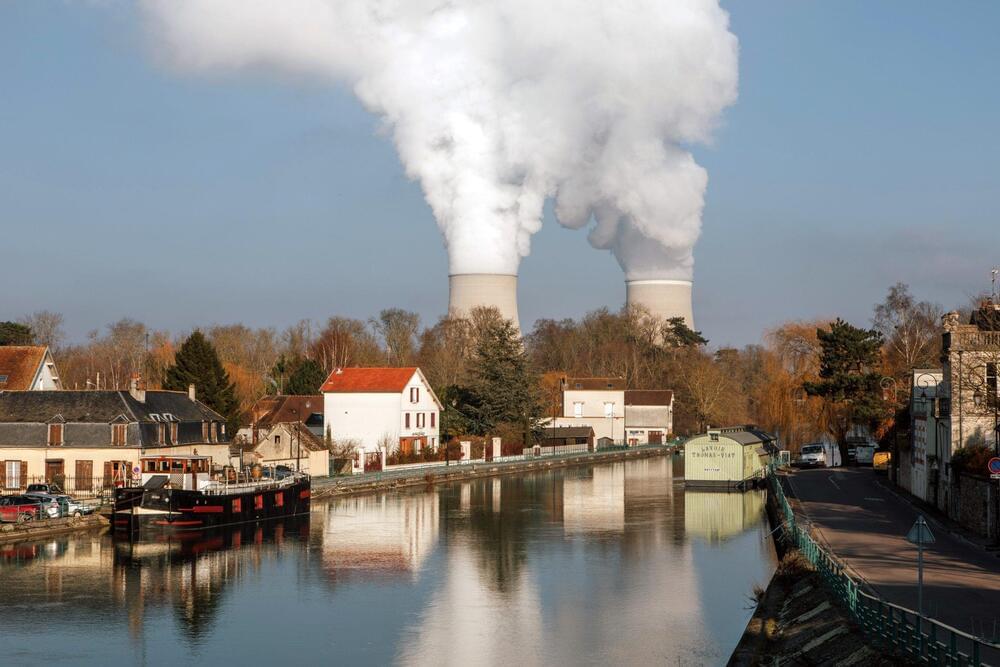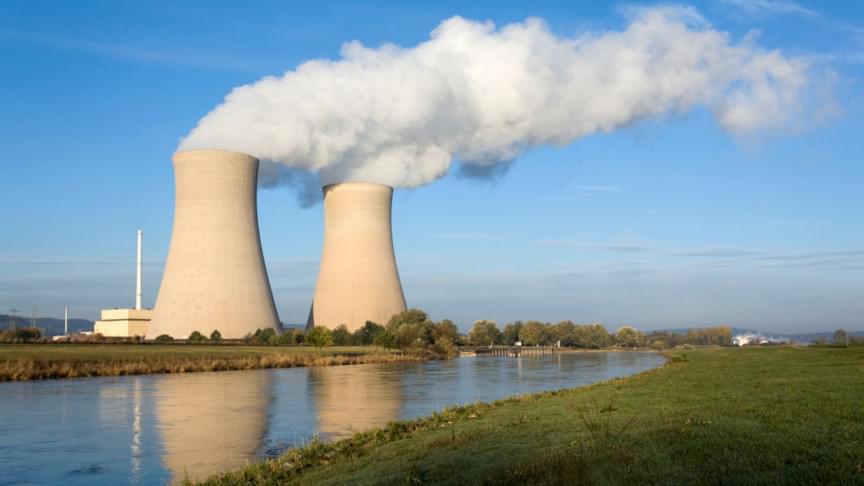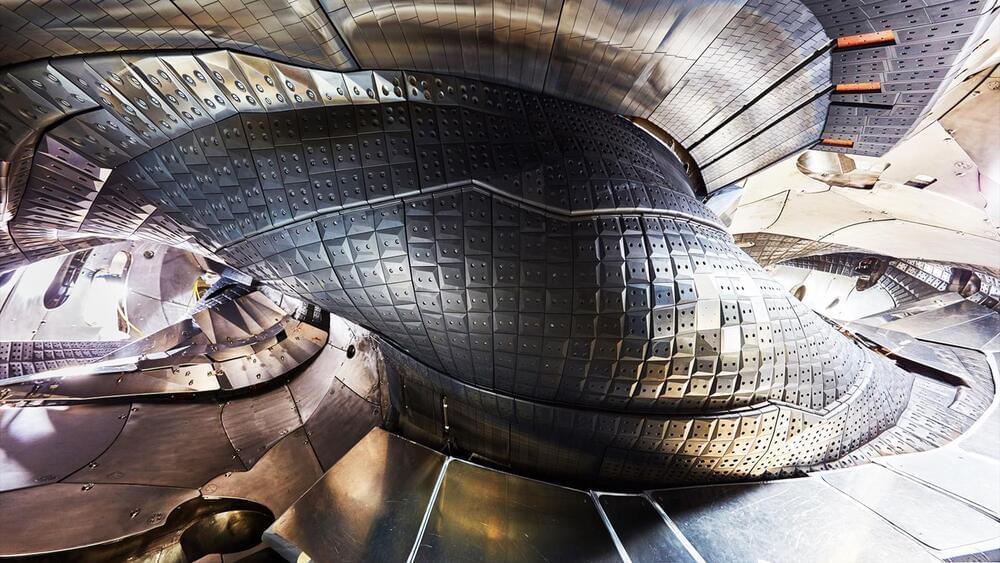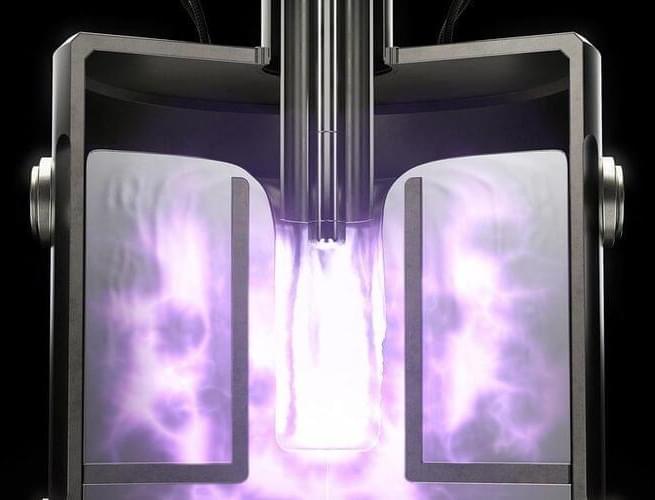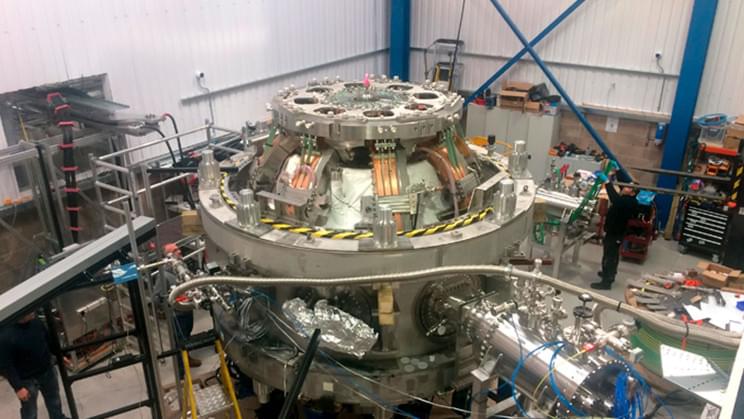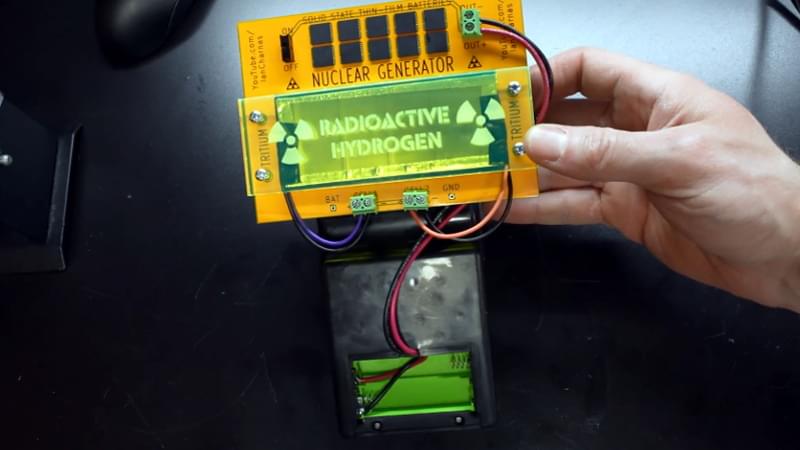😀
Five of the world’s largest nuclear powers pledged on Monday to work together toward “a world without nuclear weapons” in a rare statement of unity amid rising East-West tensions.
“A nuclear war cannot be won and must never be fought,” said the joint statement, which was issued simultaneously by the United States, Russia, China, the United Kingdom and France. “As nuclear use would have far-reaching consequences, we also affirm that nuclear weapons — for as long as they continue to exist — should serve defensive purposes, deter aggression, and prevent war.”
The statement also stressed the importance of preventing conflict between nuclear-weapon states from escalating, describing it as a “foremost responsibility.”
